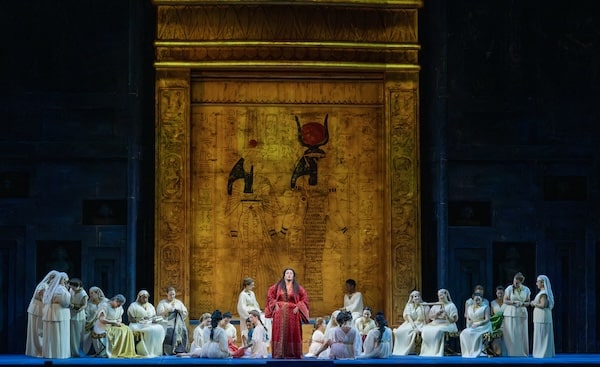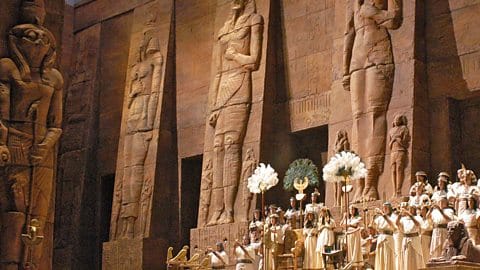A neglected stash of unrecorded Schubert?
mainThe Argentine violinist Tomas Cotik makes a claim on his new recording that much of Schubert’s dance music exists only in autograph at the city library of Vienna, unpublished and unrecorded. Can this really be?
Here’s Cotik’s assertion:

In view of the vast number of recordings of works by Franz Schubert, it may come as a surprise that there are still works that have not been documented on recordings. Schubert composed numerous dance pieces. Some of Schubert’s dance sets were published in engraved editions during his life or shortly after his death; however, most of his dance music existed only in autograph.
While these Ländler are written for “violino” (violin) on the autograph, it is arguable that in some cases these autographs could be considered as not definitive or not complete. On the other hand, drawings dating from the 19th century where one violinist alone plays music for a dance make evident that this practice was customary and suggest that most, if not all, of these Ländler were conceived as solo violin pieces and that the autograph shows them in definitive form. During his doctoral research and recording of Schubert’s complete works for violin and piano, Tomas Cotik discovered these largely unknown and unrecorded pieces, whose autographs are at the Stadtbibliothek, Wien.





there are many such pieces for solo violin listed in the bibliographies of the day, whether contredanses, waltzes, anglaises, etc. etc. Check the Whistling Handbuch. There is no reason to think that Schubert would not have written such works.
Most of his dance music existed only in autograph during his life or shortly after his death. There are two modern editions of these pieces. One of those is incomplete. I have not found any recordings of most of these Ländler.
The CD will be released in March, 2015.
Looking forward to hear more of these unpublished works.
I have always been a great admirer of his many hundreds of dances for piano ( being one of the few pianists who recorded the whole lot ) , as I always thought of them as a vast stone yard of unused material rather than just entertainment pieces.
Schubert had a bewildering supply of endless tunes and ideas and quite clearly not enough time to turn all of these into larger scale works.
One can find in these little pieces some staggeringly beautiful music ,sublime harmonic delicacies ,basically everything from basic folk dance to the most sophisticated miniature ,hours of undiscovered Schubert !
There are many quite extensive cycles and they can be musically very interconnected, though it is often very unclear whether it was Schubert or the publisher who strung them together. The Deutsch Werkverzeichnis has a lot of information about this rather convoluted aspect of it.
It was common practice to notate only the melodic line and then add the harmonics as one went along, though the piano versions that were published were of course fully written out.
Schubert composed dances until 1827 and some of the later ones also have been orchestrated ( and even recorded ) by Anton Webern ( D 820 ) .
The most knowledgeable study so far has come from the eminent Schubert researcher Wallburga LItschauer. Her book “Schubert und das Tanzvergnügen, Wien 1997 ( together with Walter Deutsch) is a comprehensive study on this subject and most highly recommended ( in German ).
I listen to your recording of the dances for piano all the time, they’re wonderful.
Thank you, glad to hear !
He looks like a shady character ! His instrument is probably auto tuned . I would avoid him .